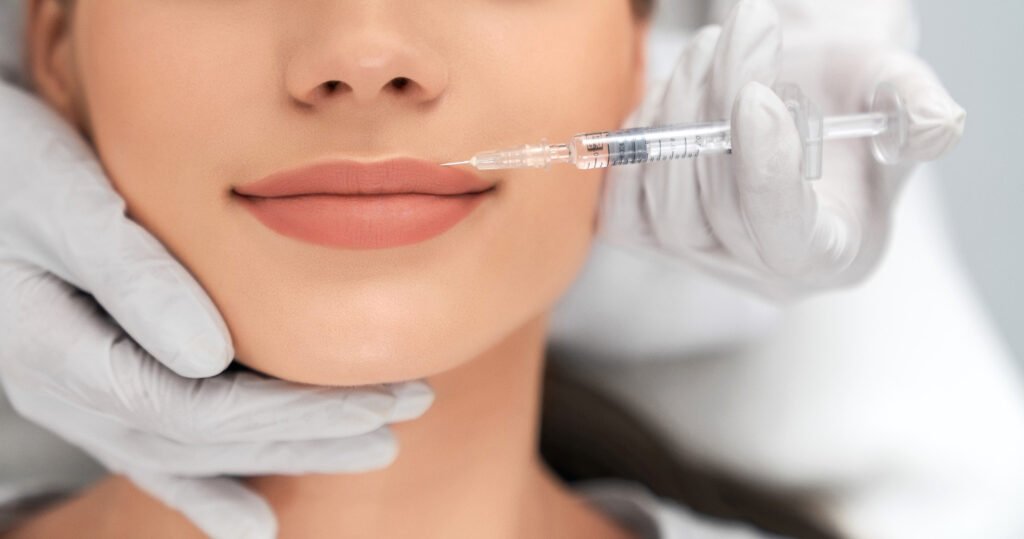LIP AUGMENTATION
With the lip augmentation or filler technique, fuller and more attractive lips can be achieved, getting a very natural result at the same time.
Filler substances for the lips
There are different products that can be used as fillers for a lip augmentation treatment.
There are two main categories:
- Permanent materials
- Absorbable materials (disappear after a certain time)
For lip augmentation, we do not use synthetic permanent materials (silicone, polyalkylamide and polyacrylamide), as a high percentage of the side effects are difficult to resolve. Among the absorbable materials, we use hyaluronic acid as it has been shown to produce the least unwanted effects, in fact practically none, as it is easy to apply and achieves very good results.
Hyaluronic acid has a disadvantage, and that is that it's not permanent, but the advantages have made it the most used by most doctors when it comes to lip augmentation.
Lip augmentation in a person with thin lips achieves a more youthful aesthetic appearance and does not have to be exaggerated in volume. We all have celebrities in mind who have had disproportionate lip augmentation, but if the amounts injected are moderate, very natural results can be achieved.
The lip augmentation technique
The lips are first numbed by local anaesthesia at the level of the nerves that give sensitivity to the upper and lower lip. Once the lips are numb, the filler substance, hyaluronic acid in this case, is injected with a very fine needle. Manufacturers produce hyaluronic acids specially designed for the lips that have different characteristics than those used for fillers in other areas of the body.
- More volume
- Outline shaping
- Russian lips
- Hydration
And after the lip augmentation?
Después del tratamiento de aumento de labios es normal la aparición de cierto grado de inflamación, por lo que los labios van a estar algo más gruesos de como quedaran. A los 2 o 3 días se alcanza el volumen que quedará, ya que prácticamente habrá desaparecido la inflamación. No obstante, es prudente esperar unos 14 días para valorar el resultado
The effect of lip augmentation lasts, on average, up to about half a year. This means that, if we want to maintain the volume, we have to have new sessions every year. However, most doctors think that this is preferable to risking any after-effects such as deformities, bulging, swelling or other reactions of rejection or intolerance when using permanent products. It has also been observed that successive sessions require less volume of hyaluronic acid, or in other words, the effect lasts longer.

